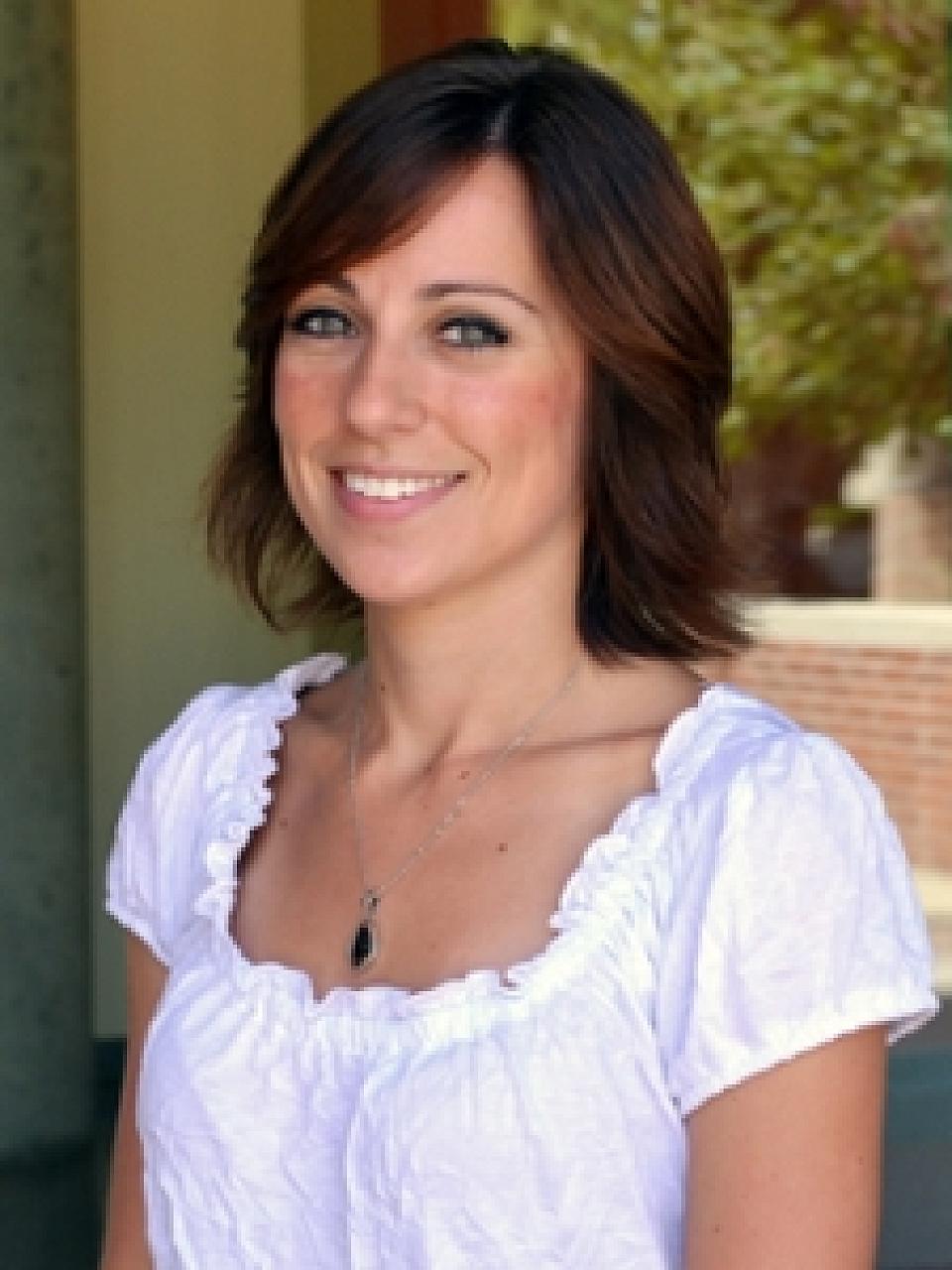
Education History
| Postdoctoral Fellowship |
Department of Chemical and Biomolecular Engineering, University of California at Los Angeles. |
L’Oréal USA Postdoctoral Fellow |
|---|---|---|
| Other Training |
Leibniz Institute for Natural Product Research and Infection Biology, Hans Knöll Institute |
|
| Fellowship |
Scripps Institution of Oceanography, University of California at San Diego |
PhD, NIH Predoctoral Fellow |
| Undergraduate |
Chemistry and Molecular Genetics, State University of New York College at Fredonia |
BS |
Selected Publications
Journal Article
-
Heard, S. C. and Winter, J. M. (2022) Biosynthesis of the Fungal Nonribosomal Peptide Penilumamide A and Biochemical Characterization of a Pterin-Specific Adenylation Domain. Submitted
-
Zhang, P.; Wu, G.; Heard, S. C.; Zhang, Y.; Winter, J. M. (2022) Genome Mining for Bifunctional Terpene Synthases in a Marine-Derived Fungus Unveils a Type I Diterpene Synthase Involved in Forming the Talarodiene 5-8-6 Tricyclic Ring System. Submitted; Currently accessible via: https://www.biorxiv.org/content/10.1101/2022.05.03.490360v1
-
Shin, Y-H.; Ban, Y. H.; Shin, J.; Park, I. W.; Yoon, S.; Ko, K.; Shin, J.; Nam, S-J.; Winter, J. M.; Kim, Y.; Yoon, Y. J.; Oh, D-C. (2021) Azetidine-Bearing Non-Ribosomal Peptides, Bonnevillamides D and E, Isolated from a Carrion Beetle-Associated Actinomycete. J Org Chem, 86, 11149-11159.